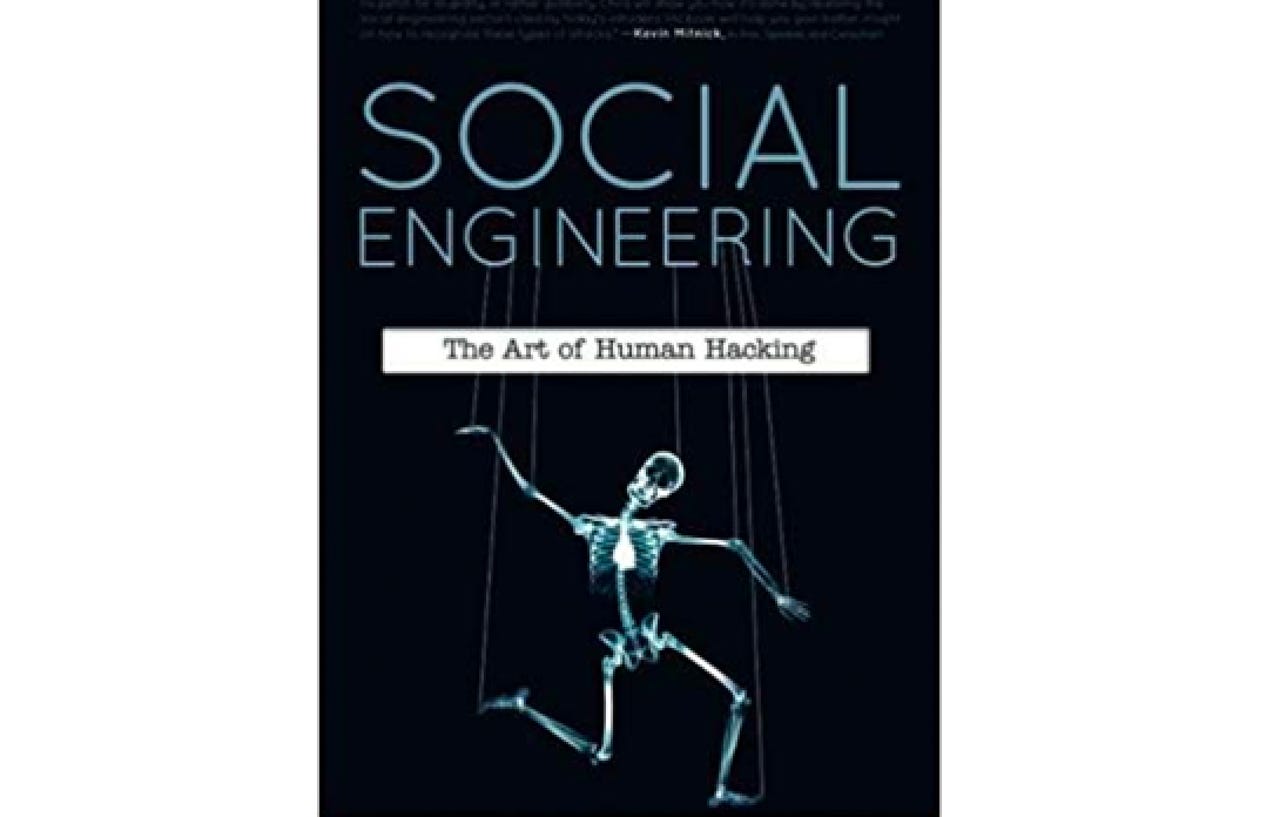The best beach reads for hackers in 2019

Hackers: Heroes of the Computer Revolution
You should consider reading up on how it all started to gain a clear view of the evolution of hacking and the state of cybersecurity today.
Steven Levy's book, Hackers: Heroes of the Computer Revolution, is a great place to start in order to explore hacking from the 1950s to early 80s, and how the first hackers and their talents for problem-solving evolved into a set of community principles still alive today.
Price: $13.38 (paperback), $13.22 (ebook)
Via: Amazon
Sandworm: A New Era of Cyberwar and the Hunt for the Kremlin's Most Dangerous Hackers
In a leap forward to the present, in Sandworm: A New Era of Cyberwar and the Hunt for the Kremlin's Most Dangerous Hackers, Andy Greenberg explores brazen, state-sponsored cyberattacks from 2014 and beyond, including ATM freezes, global ransomware outbreaks, and election meddling.
Price: $28.95 (hardcover) $15.12 (ebook)
Via: Amazon
The Hacker Playbook 3: Practical Guide To Penetration Testing
The Hacker Playbook, now in its third edition, is a key piece of reading for anyone interested in learning how to hack. "Let's break things" is a slogan the book uses, but this is only part of the material -- including tips, tricks, and attack vectors -- as the text also explores current defensive practices and uses real-world examples of where we need to improve.
Price: $26.96 (paperback) $18 (ebook)
Via: Amazon

Social Engineering: The Science of Human Hacking
One of the most common attack vectors for criminals makes use of social engineering -- the use of information to impersonate an individual or organization, as well as to coerce a victim into performing a particular task.
Social Engineering: The Science of Human Hacking is an academic investigation into these techniques, how they have been used in the past, and how they are still able to fool some of today's security teams.
Price: $21.81 (paperback) $25 (ebook)
Via: Amazon
Red Team: How to Succeed By Thinking Like the Enemy
If you want to predict what a criminal may do, or understand what they already have done, learning to think like them is important. This concept has crept into the world of cybersecurity, too, leading to the development of what is known as red teams.
Red Team: How to Succeed By Thinking Like the Enemy, written by Micah Zenko, explores how these teams operate, the benefits and pitfalls, and how they can contribute to the framework of today's security policies.
Price: $14.83 (hardcover)
Via: Amazon
Violent Python
Violent Python is a valuable text for those interested in creating their own attack and penetration testing tools. While this is a choice to gloss over and then apply in the comfort of your office, the book does include instructions on how to write code, craft wireless and Bluetooth attacks, and more.
Price: $38.83 (paperback) $30 (ebook)
Via: Amazon
The Art of Intrusion: The Real Stories Behind the Exploits of Hackers, Intruders and Deceivers
The Art of Intrusion: The Real Stories Behind the Exploits of Hackers, Intruders and Deceivers, written by white hat hacker Kevin Mitnick, is a collection of real-life stories -- some incredible, and others hilarious -- obtained from hackers willing to share their exploits. If you're interested in reading about casino hacking, learning to break systems while in prison, or how terrorists were able to coerce others into striking enterprise companies on their behalf, this is a book for you.
Price: $12.45 (paperback) $10 (ebook)
Via: Amazon
Disrupt or Die: What the World Needs to Learn from Silicon Valley to Survive the Digital Era
Disrupt or Die: What the World Needs to Learn from Silicon Valley to Survive the Digital Era is a modern take on how new technologies, such as artificial intelligence and network automation, have the capability to transform the cybersecurity industry. Throughout the book, Jedidiah Yueh takes us through the state of cybersecurity today and what needs to change for companies to protect themselves as we move into the future.
Price: $14.38 (paperback) $9 (ebook)
Via: Amazon